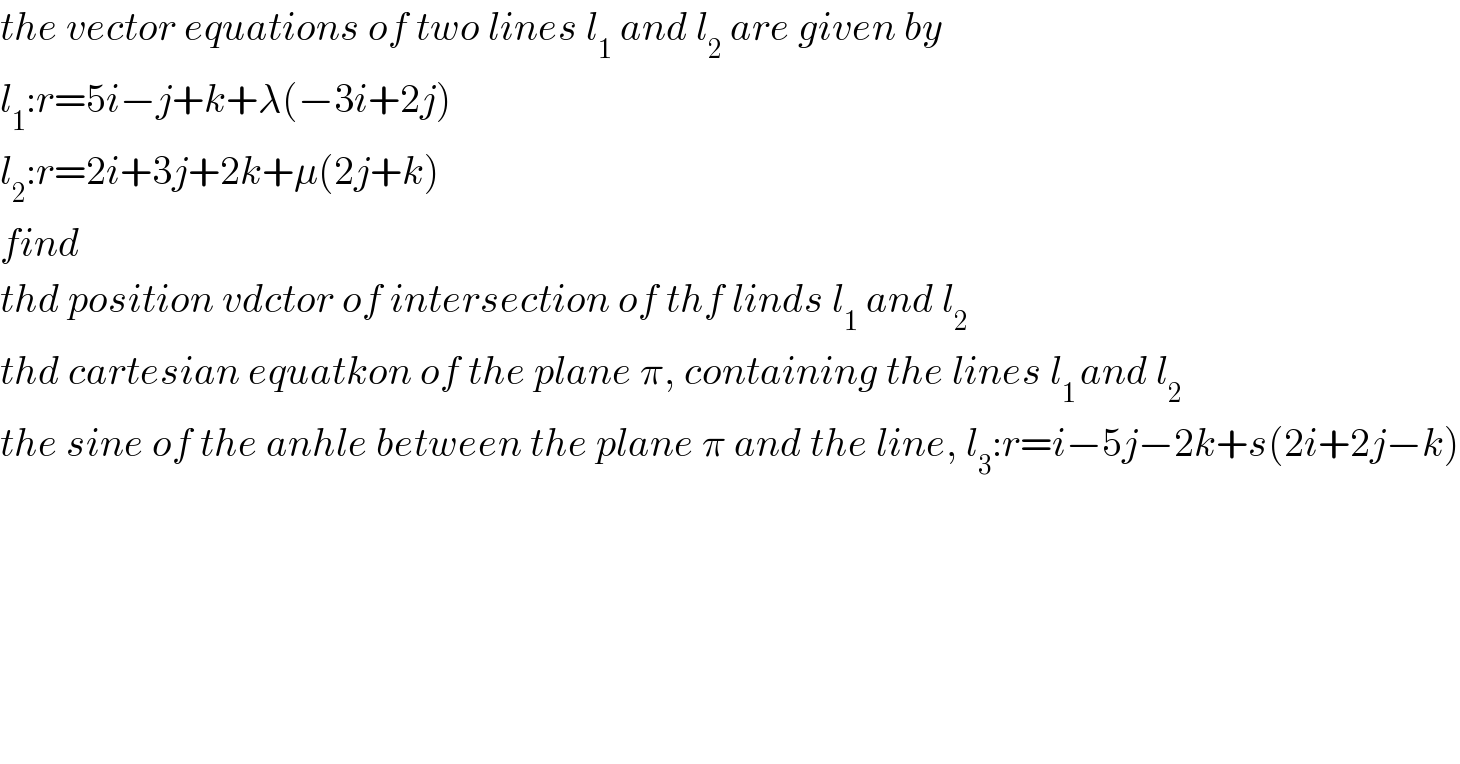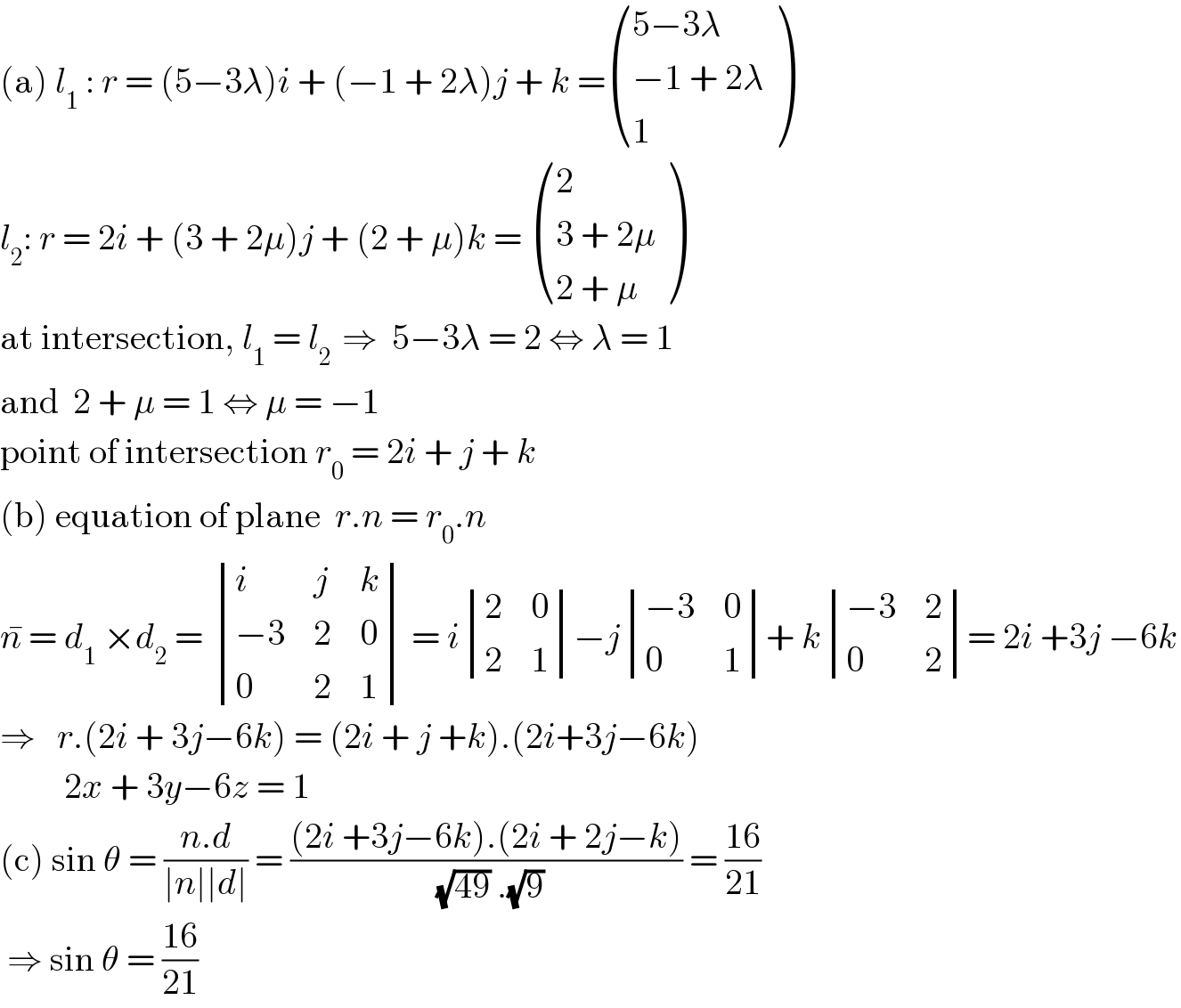
Question and Answers Forum
Question Number 98018 by hardylanes last updated on 11/Jun/20

Answered by Rio Michael last updated on 11/Jun/20

Commented by hardylanes last updated on 11/Jun/20
thanks again
Commented by peter frank last updated on 11/Jun/20

